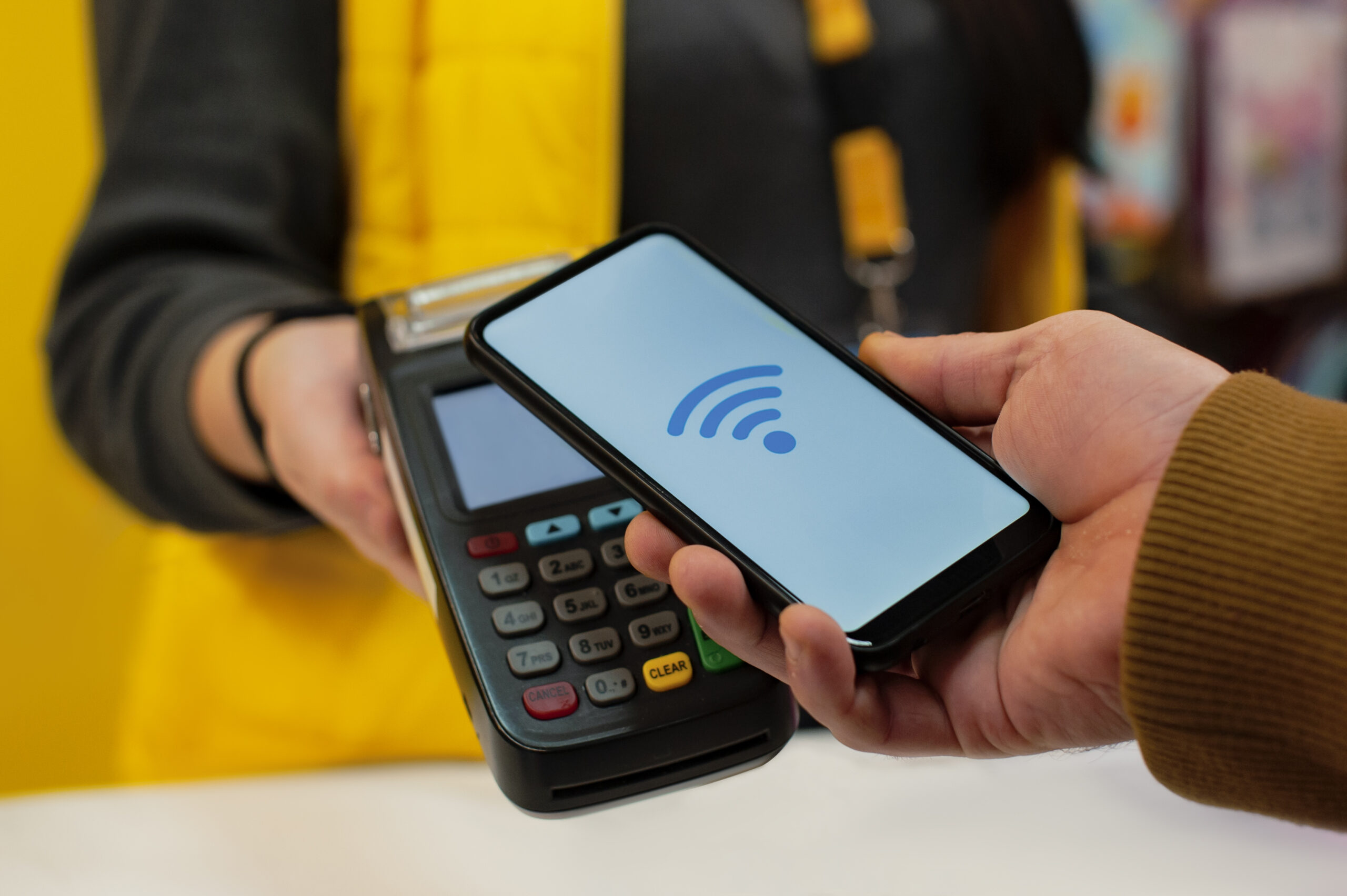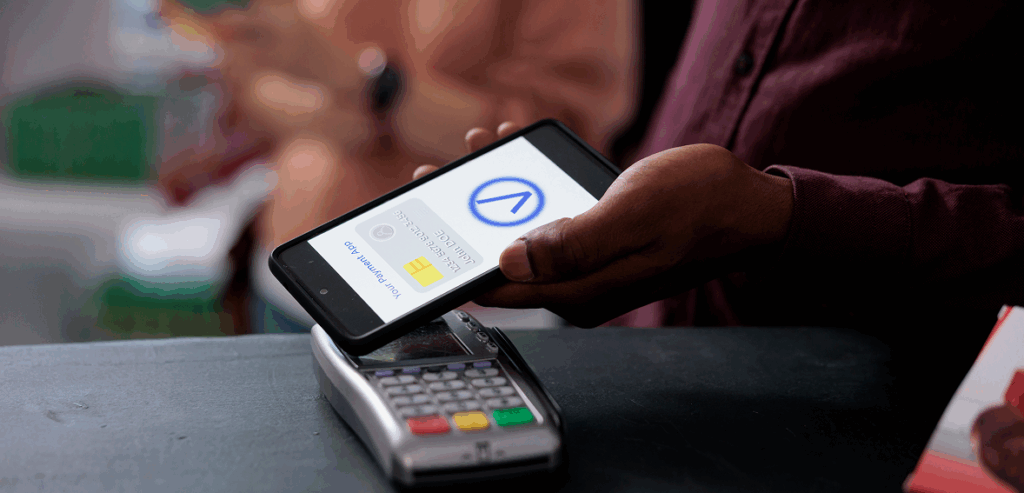
How Secure Are Mobile Payments? A Complete Guide to NFC, Tokenization, and Fraud Prevention
Why Security Is the Heart of Mobile Payments
Security is the #1 concern whenever money changes hands. With the rise of mobile wallets and contactless payments, many consumers and business owners ask the same question:
👉 “Are mobile payments really safe?”
The short answer: Yes — mobile payments are often more secure than traditional card swipes. With features like NFC encryption, tokenization, biometric authentication, and remote device controls, mobile wallets add multiple layers of security that physical cards cannot.
This in-depth guide will explore how mobile payment security works, what risks exist, and how businesses can protect themselves and their customers.
Understanding Mobile Payments
Mobile payments include:
- In-store tap-to-pay (Apple Pay, Google Pay, Samsung Pay).
- In-app purchases (buying within Uber, Starbucks app).
- Peer-to-peer transfers (Venmo, PayPal, Cash App).
All of these rely on technologies designed with security at their core.
The Technology Behind Secure Mobile Payments
1. NFC (Near Field Communication)
- Short-range wireless technology.
- Works only within a few centimeters → prevents interception.
2. Tokenization
- Replaces actual card numbers with a unique one-time-use digital token.
- Even if hacked, tokens are useless outside that transaction.
3. Encryption
- Payment data is scrambled before being transmitted.
4. Biometric Authentication

- Face ID, Touch ID, fingerprint scanning, or passcodes required to authorize.
Comparing Mobile Payments to Traditional Cards
| Factor | Mobile Wallets | Traditional Cards |
|---|---|---|
| Data Sharing | Tokenized, never shares real number | Card number exposed |
| Authentication | Biometric + PIN | Signature or none |
| Fraud Risk | Lower (no reusable data) | Higher (skimming, theft) |
| Convenience | Fast, single tap | Swipe/insert, slower |
Conclusion: Mobile wallets are generally more secure than swiping or inserting cards.
Common Mobile Payment Security Features
- Device-Specific Numbers – Cards stored in wallets get new virtual IDs.
- Dynamic Security Codes – Every transaction generates a fresh code.
- Two-Factor Authentication (2FA) – Many apps require PINs or passwords.
- Remote Locking – Lost phone? Wallet can be disabled instantly.
Risks & Vulnerabilities
While mobile wallets are secure, no system is perfect. Risks include:
- Phishing Attacks – Fake SMS or emails tricking users into revealing credentials.
- Malware – Infected devices could steal personal data.
- Public Wi-Fi Threats – Hackers intercept unsecured connections.
- Human Error – Weak passcodes or sharing devices.
How Businesses Can Secure Mobile Payments
- Use PCI-Compliant Processors
- Work with providers that follow strict PCI DSS standards.
- Update POS Systems
- Ensure hardware/software supports the latest NFC standards.
- Train Employees
- Staff should recognize fraud attempts and help customers safely use wallets.
- Monitor Transactions
- Use real-time fraud detection and flag suspicious activity.
- Educate Customers
- Share safe practices like avoiding public Wi-Fi for payments.
Case Studies in Mobile Payment Security
Apple Pay & Face ID
- Even if a phone is stolen, Face ID prevents unauthorized payments.
Google Pay Tokenization

- Tokens are useless if intercepted, reducing fraud risk.
Starbucks App Breach (2015)
- Hackers exploited weak customer passwords. Lesson: security also depends on user behavior.
Regulatory & Compliance Standards
- PCI DSS (Payment Card Industry Data Security Standard) – Required for merchants.
- PSD2 (Europe) – Strong Customer Authentication (SCA) for digital transactions.
- GDPR/CCPA – Data privacy laws impacting mobile wallet use.
Future of Mobile Payment Security
The next wave of security will include:
- Biometric Wallets – Palm scans, facial recognition, even iris scanning.
- AI Fraud Detection – Real-time monitoring for unusual patterns.
- Quantum Encryption – Future-proof protection against advanced hacking.
- Wearable Authentication – Smart rings and watches as secure ID/payment devices.
Best Practices for Consumers

- Always Use Biometrics – Face ID or fingerprints are safer than passcodes.
- Turn On Remote Locking – Find My iPhone, Google Find My Device.
- Avoid Public Wi-Fi – Use cellular data for payments.
- Keep Devices Updated – Install security patches regularly.
- Enable Alerts – Get instant notifications of transactions.
Best Practices for Businesses
- Enable All Major Wallets – Apple Pay, Google Pay, Samsung Pay.
- Display Security Messaging – Build trust with customers.
- Integrate Loyalty into Wallets – Combine rewards with secure payments.
- Regular Audits – Test systems for vulnerabilities.
- Offer Multiple Options – Cater to both tech-savvy and cautious customers.
The Business Case for Secure Mobile Payments
- Customer Trust – Security increases confidence, driving adoption.
- Fraud Reduction – Tokenization saves costs on chargebacks.
- Competitive Advantage – Customers choose businesses offering modern, secure options.
- Revenue Growth – Faster checkouts = more sales.
Conclusion: Security as a Driver of Adoption
The rise of mobile wallets has shifted the conversation about security. Instead of being a liability, mobile payments are proving safer than cards. For businesses, adopting Apple Pay, Google Pay, and other wallets isn’t just about convenience — it’s about future-proofing and building trust.
Customers today want payments that are fast, secure, and mobile-first. Meeting that expectation will strengthen loyalty and protect both your business and your customers.